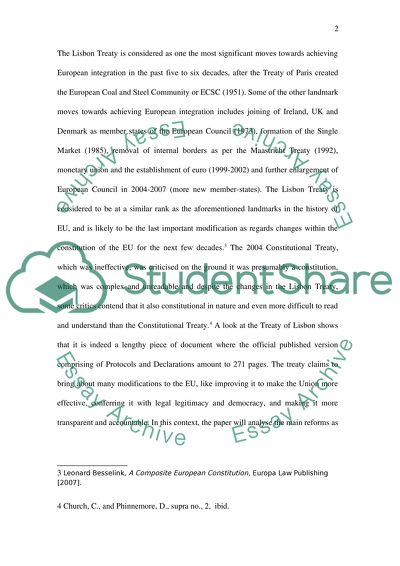Cite this document
(“Treaty of lisbon and its implications Dissertation”, n.d.)
Retrieved from https://studentshare.org/law/1398181-treaty-of-lisbon-and-its-implications
Retrieved from https://studentshare.org/law/1398181-treaty-of-lisbon-and-its-implications
(Treaty of Lisbon and Its Implications Dissertation)
https://studentshare.org/law/1398181-treaty-of-lisbon-and-its-implications.
https://studentshare.org/law/1398181-treaty-of-lisbon-and-its-implications.
“Treaty of Lisbon and Its Implications Dissertation”, n.d. https://studentshare.org/law/1398181-treaty-of-lisbon-and-its-implications.


